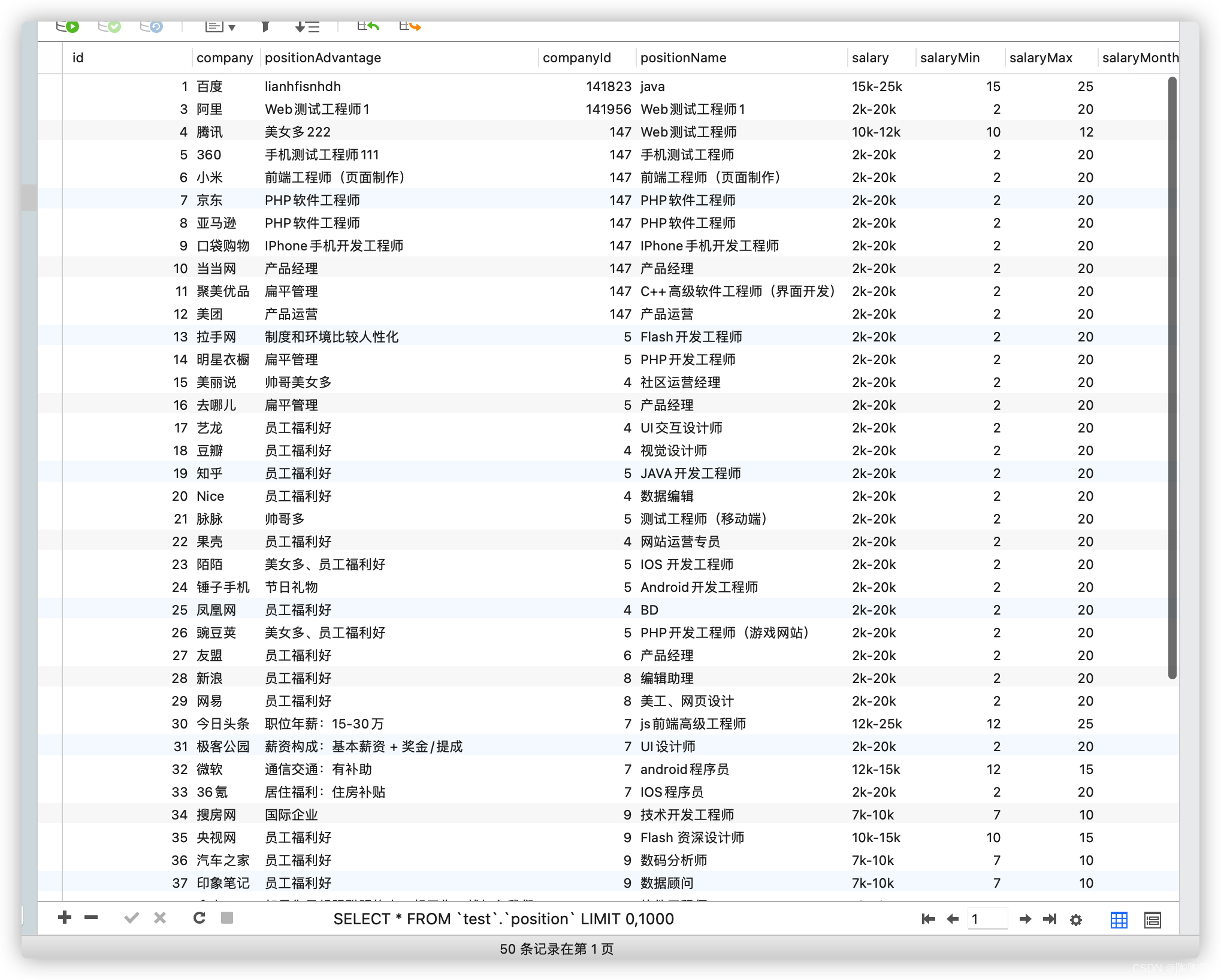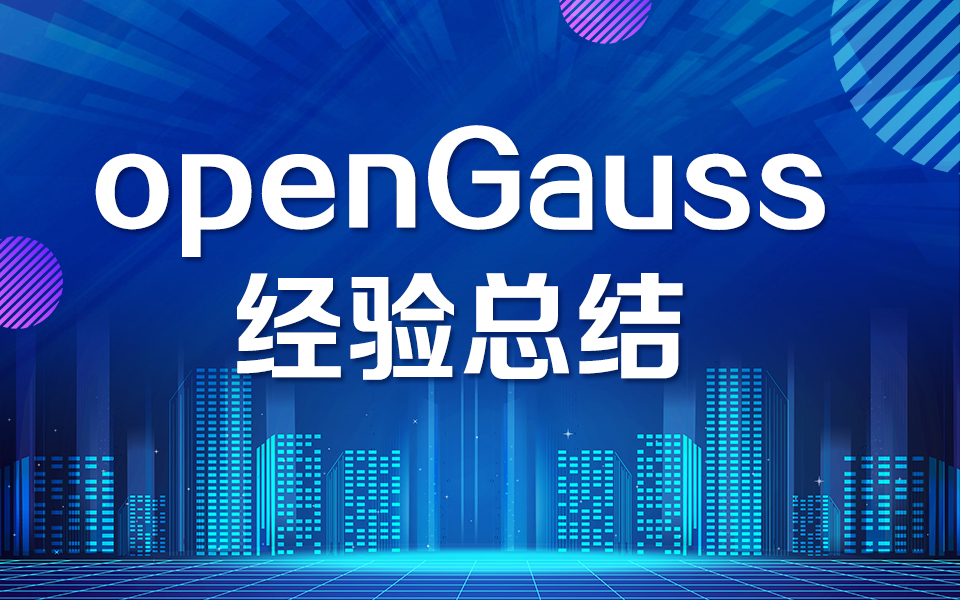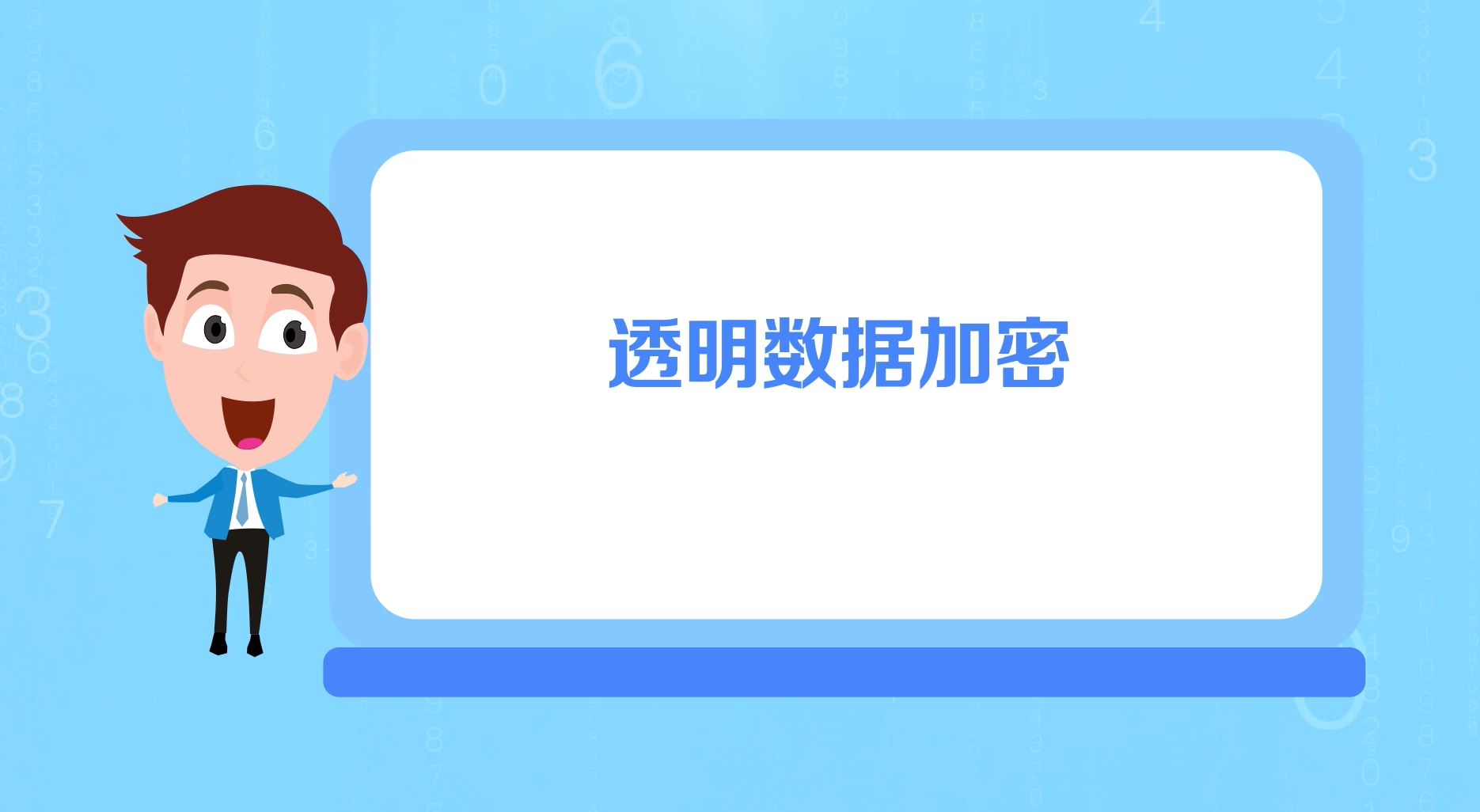
JAVA 导入数据到Elasticsearch中
导入数据到Elasticsearch中前言我们在使用es时候,需要手动将数据导入到es中,导入数据无非就是给es中写入数据,可以从mysql中写入,也可以从其他db或者excle中导入中间需要做一层转换,然后使用es的相关api批量写入es中。写入的几种方案写入方案有很多种:业务代码中异步写入如我们创单成功时,异步将订单数据写入es中数据同步到mq中然后mq在写入es中如项目日志操作,kafka
导入数据到Elasticsearch中
es入门使用
es索引使用
es分词使用
es聚合使用
java操作es
前言
我们在使用es时候,需要手动将数据导入到es中,导入数据无非就是给es中写入数据,可以从mysql中写入,也可以从其他db或者excle中导入中间需要做一层转换,然后使用es的相关api批量写入es中。
写入的几种方案
写入方案有很多种:
- 业务代码中异步写入
如我们创单成功时,异步将订单数据写入es中 - 数据同步到mq中然后mq在写入es中
如项目日志操作,kafka + es 收集日志操作 - 将mysql指定表中数据写入到es
这里我们演示将某个表中数据写入es中 - 订阅mysql binlog 异步导入es
cancel伪装bin log 将解析后的数据导入到es中
具体操作
一般随着业务的发展,db查询到一定程度就显得力不从心(当然这里指的是加索引,分库分表以及各种优化之后也无济于事,数据量还是很大),此时我们就需要使用es来提高查询效率,此时就需要从db将数据导入到es中。
- 读取db数据
- 批量写入es
- 依次循环,直到数据都被写完
实现
写入es方法有很多种,我们可以使用es的api,一条一条写,也可以批量操作。
这里我们使用es官方推荐的一个工具类Using Bulk Processor操作
官方文档地址
版本:
jdk: 11
es:7.1
sb : 2.1
mysql: 5.7
首先导入依赖
<dependencies>
<dependency>
<groupId>org.springframework.boot</groupId>
<artifactId>spring-boot-starter-web</artifactId>
</dependency>
<dependency>
<groupId>org.springframework.boot</groupId>
<artifactId>spring-boot-starter-test</artifactId>
<scope>test</scope>
</dependency>
<dependency>
<groupId>org.springframework.boot</groupId>
<artifactId>spring-boot-starter-test</artifactId>
</dependency>
<dependency>
<groupId>org.elasticsearch.client</groupId>
<artifactId>elasticsearch-rest-high-level-client</artifactId>
<version>7.3.0</version>
<exclusions>
<exclusion>
<groupId>org.elasticsearch</groupId>
<artifactId>elasticsearch</artifactId>
</exclusion>
</exclusions>
</dependency>
<dependency>
<groupId>org.elasticsearch</groupId>
<artifactId>elasticsearch</artifactId>
<version>7.3.0</version>
</dependency>
<dependency>
<groupId>org.springframework.boot</groupId>
<artifactId>spring-boot-starter-thymeleaf</artifactId>
</dependency>
<dependency>
<groupId>org.springframework.boot</groupId>
<artifactId>spring-boot-starter-web</artifactId>
</dependency>
<dependency>
<groupId>org.springframework.boot</groupId>
<artifactId>spring-boot-devtools</artifactId>
<scope>runtime</scope>
<optional>true</optional>
</dependency>
<dependency>
<groupId>org.springframework.boot</groupId>
<artifactId>spring-boot-configuration-processor</artifactId>
<optional>true</optional>
</dependency>
<dependency>
<groupId>org.springframework.boot</groupId>
<artifactId>spring-boot-starter-test</artifactId>
<scope>test</scope>
<exclusions>
<exclusion>
<groupId>org.junit.vintage</groupId>
<artifactId>junit-vintage-engine</artifactId>
</exclusion>
</exclusions>
</dependency>
<!-- HttpClient -->
<dependency>
<groupId>org.apache.httpcomponents</groupId>
<artifactId>httpclient</artifactId>
<version>4.5.3</version>
</dependency>
<dependency>
<groupId>com.alibaba</groupId>
<artifactId>fastjson</artifactId>
<version>1.2.58</version>
</dependency>
<dependency>
<groupId>org.projectlombok</groupId>
<artifactId>lombok</artifactId>
<optional>true</optional>
</dependency>
<dependency>
<groupId>mysql</groupId>
<artifactId>mysql-connector-java</artifactId>
<version>5.1.38</version>
<classifier></classifier>
<scope>compile</scope>
</dependency>
<!-- https://mvnrepository.com/artifact/org.apache.commons/commons-lang3 -->
<dependency>
<groupId>org.apache.commons</groupId>
<artifactId>commons-lang3</artifactId>
<version>3.9</version>
</dependency>
<dependency>
<groupId>junit</groupId>
<artifactId>junit</artifactId>
<version>4.12</version>
<scope>test</scope>
</dependency>
</dependencies>
yml配置
spring:
devtools:
restart:
enabled: true #\u8BBE\u7F6E\u5F00\u542F\u70ED\u90E8\u7F72
additional-paths: src/main/java #\u91CD\u542F\u76EE\u5F55
exclude: WEB-INF/**
freemarker:
cache: false #\u9875\u9762\u4E0D\u52A0\u8F7D\u7F13\u5B58\uFF0C\u4FEE\u6539\u5373\u65F6\u751F\u6548
elasticsearch:
rest:
uris: 127.0.0.1:9200
server:
port: 8080
logging:
level:
root: info
com.xdclass.search: debug
我们需要初始化db,以及es(这里可以集群,也可以单机),然后写相关api
首先是db操作,这里直接单个db实例,简单一点,当然也可以使用其他的mybatis,jpa,jdbc等
package com.example.esdemo.config;
import java.sql.Connection;
import java.sql.DriverManager;
public class DBHelper {
public static final String url = "jdbc:mysql://127.0.0.1:3306/test?useUnicode=true&characterEncoding=utf-8&serverTimezone=Asia/Shanghai";
// public static final String name = "com.mysql.cj.jdbc.Driver";
public static final String name = "com.mysql.jdbc.Driver";
public static final String user = "root";
public static final String password = "root";
private static Connection connection = null;
public static Connection getConn(){
try {
Class.forName(name);
connection = DriverManager.getConnection(url,user,password);
}catch (Exception e){
e.printStackTrace();
}
return connection;
}
}
es配置
package com.example.esdemo.config;
import org.apache.http.HttpHost;
import org.elasticsearch.client.RestClient;
import org.elasticsearch.client.RestHighLevelClient;
import org.springframework.beans.factory.annotation.Value;
import org.springframework.context.annotation.Bean;
import org.springframework.context.annotation.Configuration;
@Configuration
public class ElasticsearchConfig {
@Value("${spring.elasticsearch.rest.uris}")
private String hostlist;
@Bean
public RestHighLevelClient restHighLevelClient() {
//解析hostlist配置信息
String[] split = hostlist.split(",");
//创建HttpHost数组,其中存放es主机和端口的配置信息
HttpHost[] httpHostArray = new HttpHost[split.length];
for (int i = 0; i < split.length; i++) {
String item = split[i];
httpHostArray[i] = new HttpHost(item.split(":")[0], Integer.parseInt(item.split(":")[1]), "http");
}
//创建RestHighLevelClient客户端
return new RestHighLevelClient(RestClient.builder(httpHostArray));
}//项目主要使用RestHighLevelClient,对于低级的客户端暂时不用
@Bean
public RestClient restClient() {
// 解析hostlist配置信息
String[] split = hostlist.split(",");
//创建HttpHost数组,其中存放es主机和端口的配置信息
HttpHost[] httpHostArray = new HttpHost[split.length];
for (int i = 0; i < split.length; i++) {
String item = split[i];
httpHostArray[i] = new HttpHost(item.split(":")[0], Integer.parseInt(item.split(":")[1]), "http");
}
return RestClient.builder(httpHostArray).build();
}
}
db 和es相关的表明和index名
*/
public class ImportDb2Es {
private String dbTableName;
private String esIndexName;
//get set 省略
}
然后是相关service,导入service
public interface ImportService {
void importDb2Es(String dbName,String esIndexName);
}
实现
package com.example.esdemo.service.impl;
import com.example.esdemo.config.DBHelper;
import com.example.esdemo.imports.ImportDb2Es;
import com.example.esdemo.service.ImportService;
import org.apache.logging.log4j.LogManager;
import org.apache.logging.log4j.Logger;
import org.elasticsearch.action.ActionListener;
import org.elasticsearch.action.bulk.BackoffPolicy;
import org.elasticsearch.action.bulk.BulkProcessor;
import org.elasticsearch.action.bulk.BulkRequest;
import org.elasticsearch.action.bulk.BulkResponse;
import org.elasticsearch.action.index.IndexRequest;
import org.elasticsearch.client.RequestOptions;
import org.elasticsearch.client.RestHighLevelClient;
import org.elasticsearch.common.unit.ByteSizeUnit;
import org.elasticsearch.common.unit.ByteSizeValue;
import org.elasticsearch.common.unit.TimeValue;
import org.springframework.beans.factory.annotation.Autowired;
import org.springframework.stereotype.Component;
import java.sql.*;
import java.util.ArrayList;
import java.util.HashMap;
import java.util.concurrent.TimeUnit;
import java.util.function.BiConsumer;
/**
* 导入db2es 实现类
*/
@Component
public class ImportServiceImpl implements ImportService {
private static final Logger logger = LogManager.getLogger(ImportServiceImpl.class);
@Autowired
private RestHighLevelClient client;
@Override
public void importDb2Es(ImportDb2Es importDb2Es) {
writeMySQLDataToES(importDb2Es.getDbTableName(),importDb2Es.getDbTableName());
}
private void writeMySQLDataToES(String tableName,String esIndeName) {
BulkProcessor bulkProcessor = getBulkProcessor(client);
Connection connection = null;
PreparedStatement ps = null;
ResultSet rs = null;
try {
connection = DBHelper.getConn();
logger.info("start handle data :" + tableName);
String sql = "select * from " + tableName;
ps = connection.prepareStatement(sql, ResultSet.TYPE_FORWARD_ONLY, ResultSet.CONCUR_READ_ONLY);
// 根据自己需要设置 fetchSize
ps.setFetchSize(20);
rs = ps.executeQuery();
ResultSetMetaData colData = rs.getMetaData();
ArrayList<HashMap<String, String>> dataList = new ArrayList<>();
HashMap<String, String> map = null;
int count = 0;
// c 就是列的名字 v 就是列对应的值
String c = null;
String v = null;
while (rs.next()) {
count++;
map = new HashMap<String, String>(128);
for (int i = 1; i < colData.getColumnCount(); i++) {
c = colData.getColumnName(i);
v = rs.getString(c);
map.put(c, v);
}
dataList.add(map);
// 每1万条 写一次 不足的批次的数据 最后一次提交处理
if (count % 10000 == 0) {
logger.info("mysql handle data number:" + count);
// 将数据添加到 bulkProcessor
for (HashMap<String, String> hashMap2 : dataList) {
bulkProcessor.add(new IndexRequest(esIndeName).source(hashMap2));
}
// 每提交一次 清空 map 和 dataList
map.clear();
dataList.clear();
}
}
// 处理 未提交的数据
for (HashMap<String, String> hashMap2 : dataList) {
bulkProcessor.add(new IndexRequest(esIndeName).source(hashMap2));
}
bulkProcessor.flush();
} catch (SQLException e) {
e.printStackTrace();
} finally {
try {
rs.close();
ps.close();
connection.close();
boolean terinaFlag = bulkProcessor.awaitClose(150L, TimeUnit.SECONDS);
logger.info(terinaFlag);
} catch (Exception e) {
e.printStackTrace();
}
}
}
private BulkProcessor getBulkProcessor(RestHighLevelClient client) {
BulkProcessor bulkProcessor = null;
try {
BulkProcessor.Listener listener = new BulkProcessor.Listener() {
@Override
public void beforeBulk(long executionId, BulkRequest request) {
logger.info("Try to insert data number : "
+ request.numberOfActions());
}
@Override
public void afterBulk(long executionId, BulkRequest request,
BulkResponse response) {
logger.info("************** Success insert data number : "
+ request.numberOfActions() + " , id: " + executionId);
}
@Override
public void afterBulk(long executionId, BulkRequest request, Throwable failure) {
logger.error("Bulk is unsuccess : " + failure + ", executionId: " + executionId);
}
};
BiConsumer<BulkRequest, ActionListener<BulkResponse>> bulkConsumer = (request, bulkListener) -> client
.bulkAsync(request, RequestOptions.DEFAULT, bulkListener);
BulkProcessor.Builder builder = BulkProcessor.builder(bulkConsumer, listener);
builder.setBulkActions(5000);
builder.setBulkSize(new ByteSizeValue(100L, ByteSizeUnit.MB));
builder.setConcurrentRequests(10);
builder.setFlushInterval(TimeValue.timeValueSeconds(100L));
builder.setBackoffPolicy(BackoffPolicy.constantBackoff(TimeValue.timeValueSeconds(1L), 3));
// 注意点:让参数设置生效
bulkProcessor = builder.build();
} catch (Exception e) {
e.printStackTrace();
try {
bulkProcessor.awaitClose(100L, TimeUnit.SECONDS);
} catch (Exception e1) {
logger.error(e1.getMessage());
}
}
return bulkProcessor;
}
}
这里我们提供一个http 测试
@Autowired
private ImportService importService;
@RequestMapping("api/import")
public Map<String, Object> imports(ImportDb2Es importDb2Es) {
Map<String, Object> map = new HashMap<>();
importService.importDb2Es(importDb2Es);
map.put("code", 200);
map.put("msg", "成功");
return map;
}
这里我们准备了一个表一些数据

测试
我们调用http接口
http://127.0.0.1:8080/api/import?dbTableName=position&esIndexName=position_index
可以看到我们的后台导入日志50条数据

我们去es中查询如下100条(这里我请求了2次,所以是100条)
更多推荐
 已为社区贡献5条内容
已为社区贡献5条内容










所有评论(0)